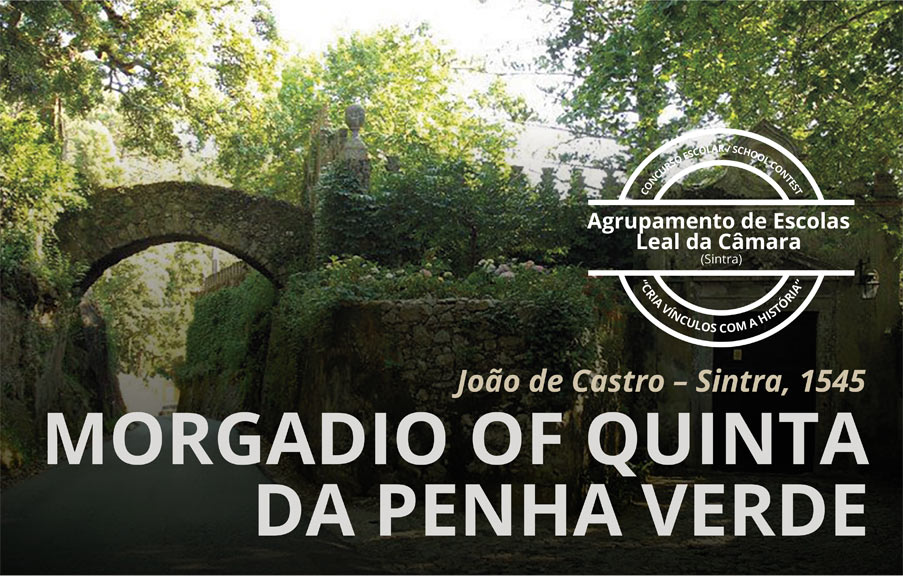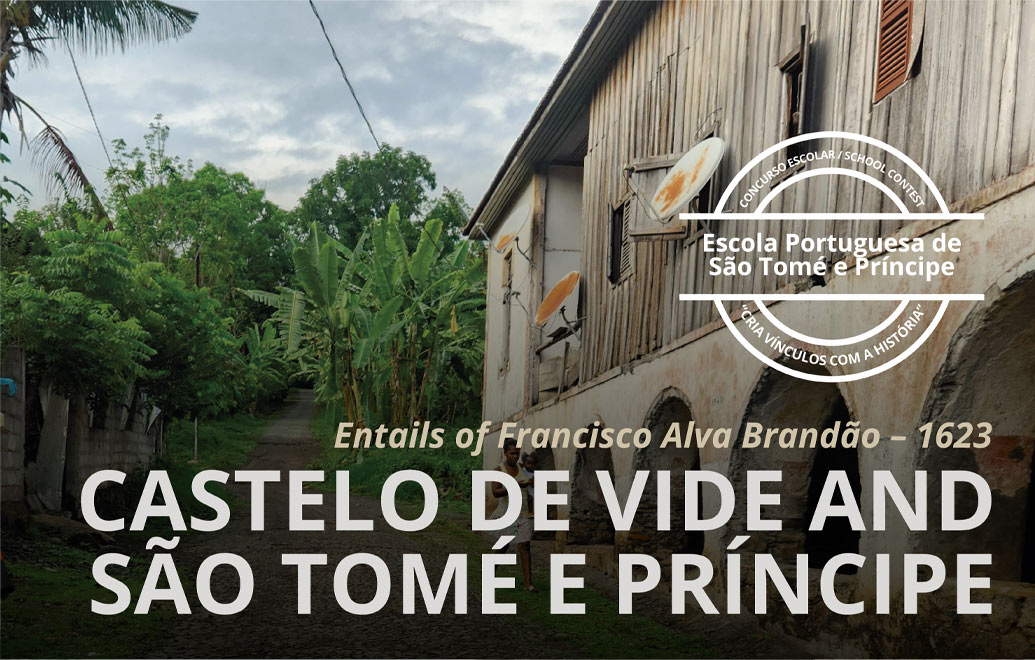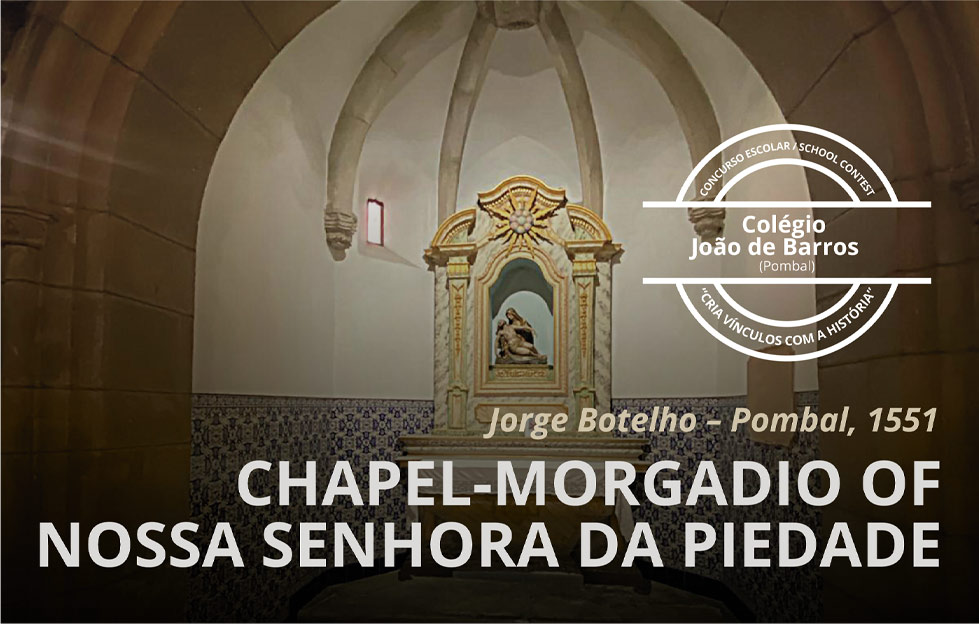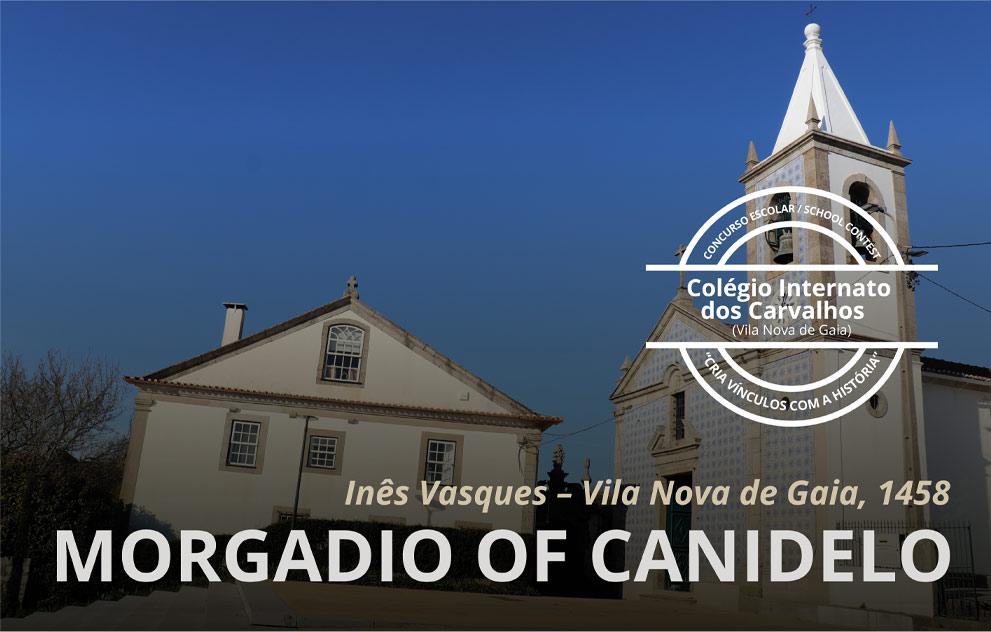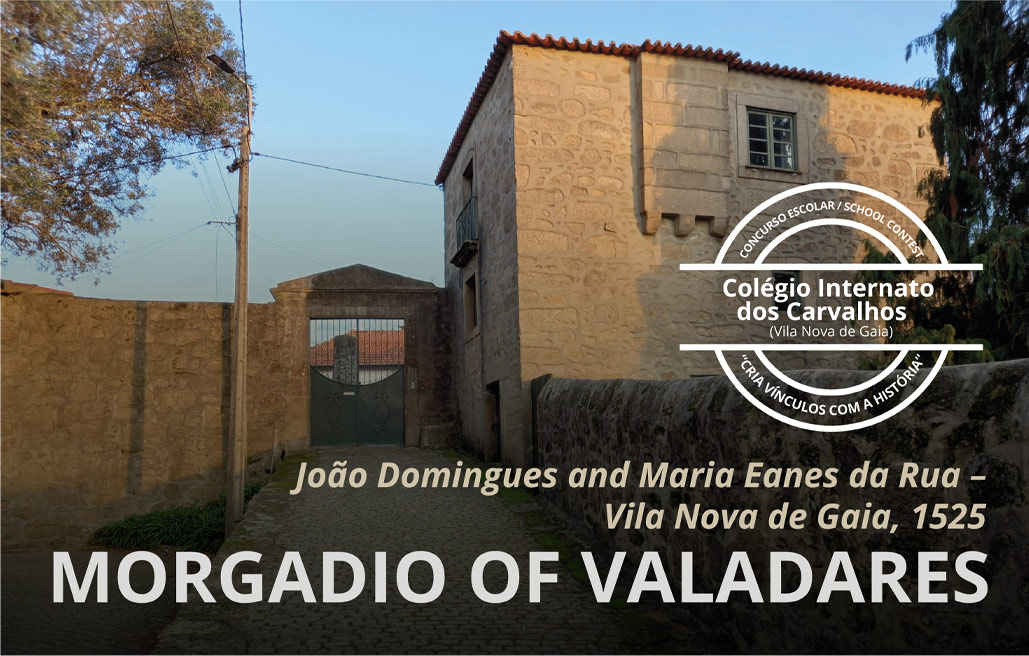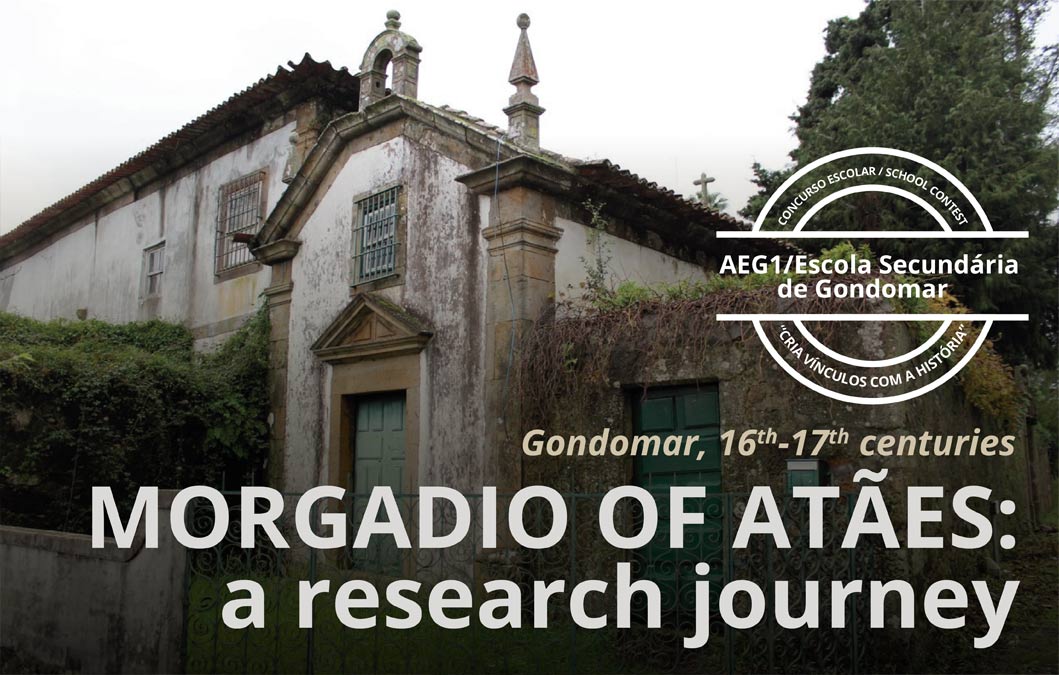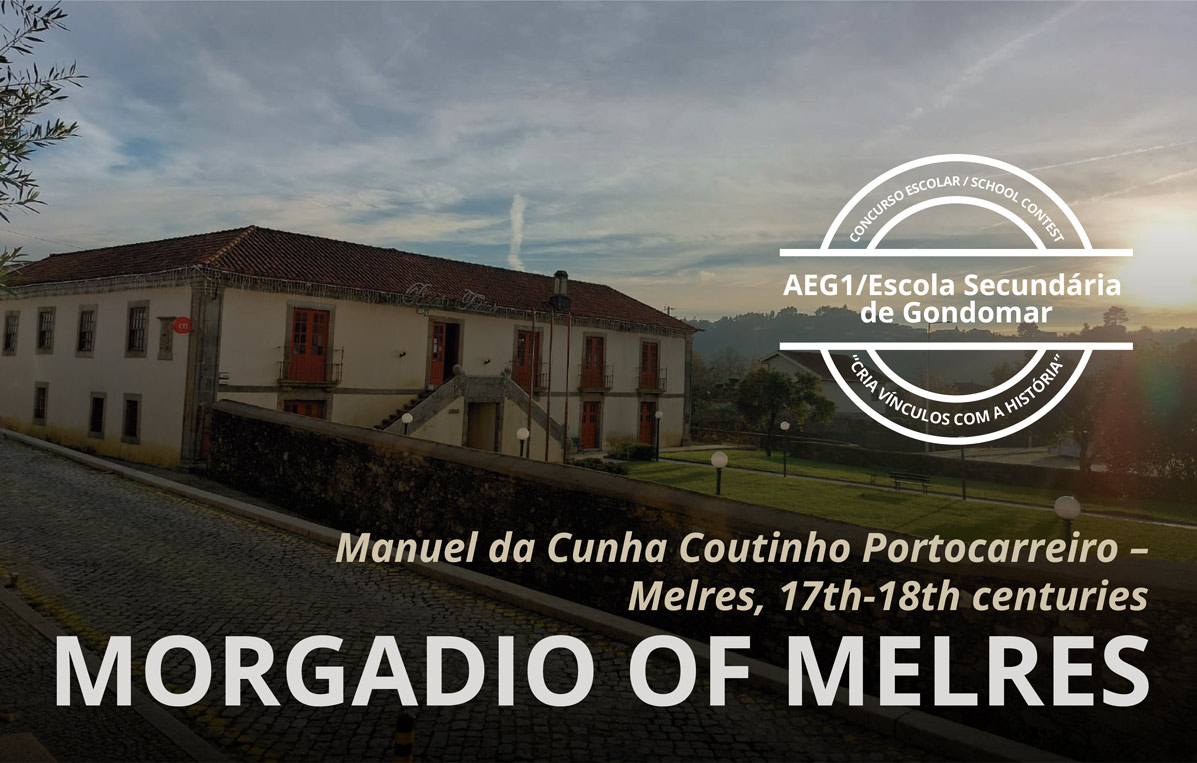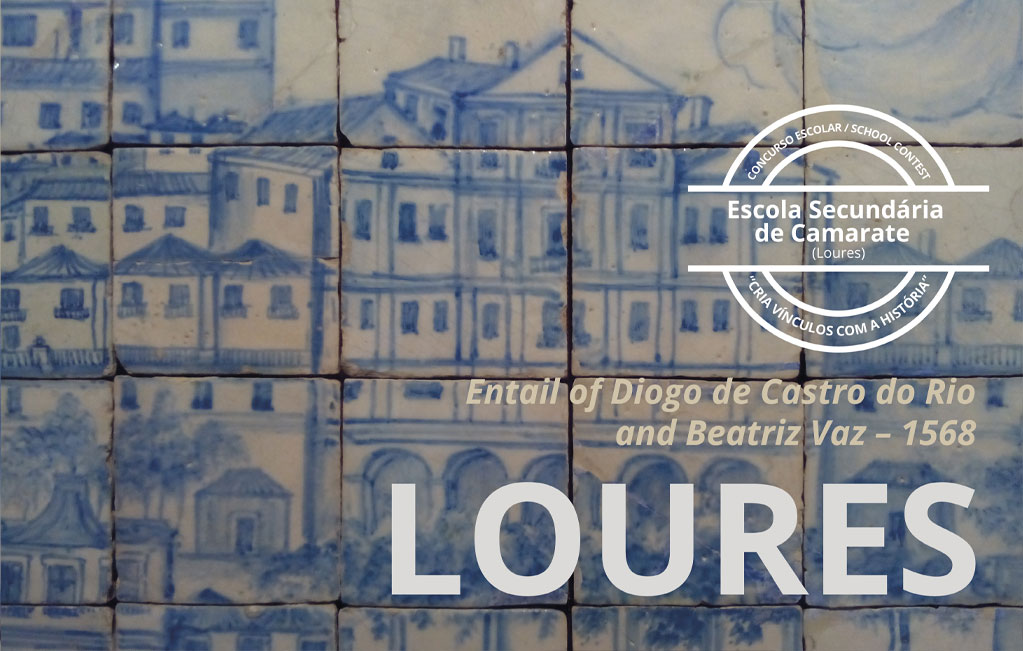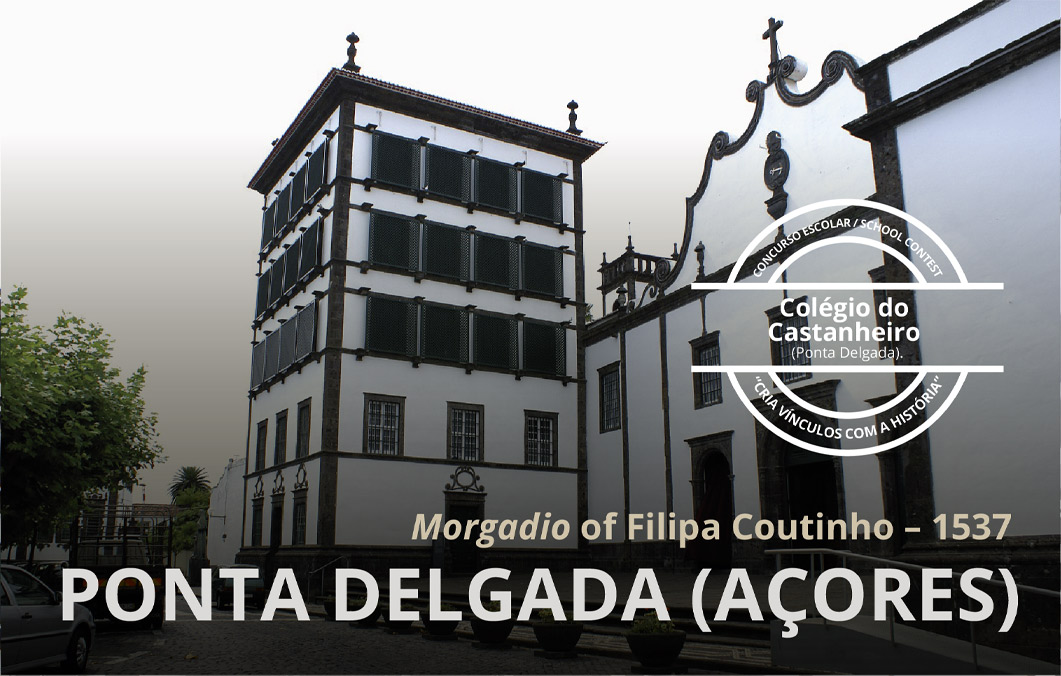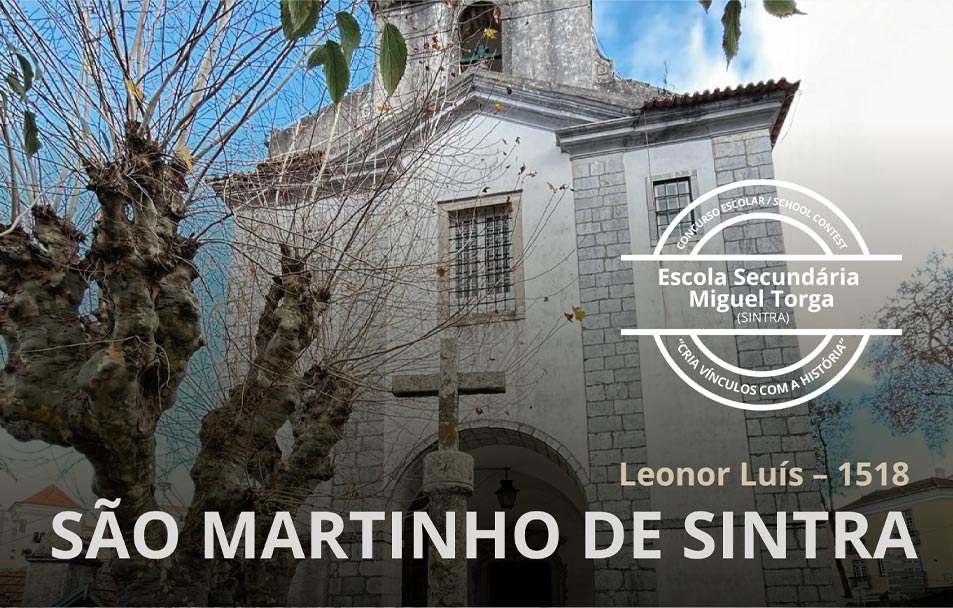Entail of the month (March, 2022)
Chapel–morgadio of Gines de Barona, Beatriz Gomes, António de Barona
Carmo Convent, 1628
During the second half of the sixteenth century, settled in Lisbon the first generation of the Barona family (Varona or Barahona, in modern spelling), a Spanish noble family from Burgos, Torre de los Baronas, in Villañañe de Valdegovia (SANTOS, 2009, p. 28). The Baronas trace their origins to the “Lenda da Varona”, an imaginary, epic narrative in the style of the medieval chanson de geste, replicated in other historical-geographical contexts. The bravery of Maria Pérez, the “maiden who goes to war” – pictured in Lope de Vega’s “La Varona Castellana” (1617) – adds legitimacy to the family’s noble origins and fidelity to the Aragonese crown, since the eleventh century (SILVA, 2010, p. 78). Five hundred years later, the story would be used as evidence of purity of blood, a copy being especially requested by the Castilian authorities (ANTT, Tribunal do Santo Oficio, Conselho Geral, Habilitações, mç. 58, doc. 1107).
In 1628, a chapel-morgadio was established in Lisbon by Gines de Barona (c. 1571-c. 1640), who was a diamond cutter and merchant (BOYANJIAN, 1993, p. 75), along with his wife, Beatriz Gomes, and their son, António de Barona (c. 1608-1657), still a minor and soon to become a member of the clergy. To fulfil the pious legacy obligation, which consisted of a daily mass at the Carmo Convent, to be held perpetually, they entailed the rights on the Real da Água of the Lisbon Senate plus certain houses located in Rua dos Ourives do Ouro. Carmo Convent was an important institution in the city’s devotional context. Its choice as the family’s place of burial reinforced the lineage’s socioeconomic status, in addition to the coat of arms it already had adopted (ROSA, 2012, p. 370; SEQUEIRA, 1939, vol. 2, p. 373).
The institution of the Barona chapel-morgadio is recorded along five separate records from the chancellery of King Filipe III (r. 1621-1640). This served as a guarantee of the royal endorsement, at the time of the founding and for future generations of administrators. The foundation deed was drawn up in January 1628. It was preceded by an authorisation request (ANTT, Chancelaria de D. Filipe III, Privilégios, liv. 3, fol. 132) and followed by a ratification instrument dating from 1629 (id., liv. 21, fol. 187-197v). In 1630, there was a letter of confirmation (id., liv. 26, fol. 23-23v), and six years later new clauses were added by means of another document (id., liv. 40, fol. 100v).
The joint institution, including the couple and their minor son, António de Barona, about to take on a religious career, explains the royal involvement in the founding deed. It also explains the presence of a curator appointed by the Casa da Suplicação, representing the boy’s interests. Besides entailing part of the inheritance reserved for António as an heir, it was possible to add to the new entail “all the goods and property that [the founders] will acquire in the course of their lives” (id., liv. 21, fol. 196), thus avoiding potential dispersion of a significant slice which, by law, belonged to António to be used at pleasure.
In addition to concerns with perpetuating the lineage, the entail was also established as a well-defined code of conduct. Use of the surname Barona was mandatory, and preference given to the male succession, to honourable marriage arrangements, to excluding clerics and lese-majesty convicts from becoming administrators after António. His successors were required to entail two parts of all their property, under penalty of being declared incapable of administering the chapel-morgadio.
A system to control the linked assets can be identified in about thirty clauses in the foundation document. This was to guarantee their security ad aeternum. Observing “examples from each day”, the founders mention that “houses that had been wealthy once suffered major setbacks” owing to weak administration, “consuming what their ancestors laboriously had put together, thus laying their legacy waste” (id., liv. 21, fol. 187). In this sense, it was required that an iron chest be placed in the Carmo Convent, containing the terças and legítimas of the entail (ibid., fol. 188) — having three keys, split between the administrator, the prior of the convent, and a judge (ibid., fol. 191v). Future administrators were obliged to write an inventory of the goods and report to the Provedor das Capelas in Lisbon (ibid., fol. 192v). Disputes were to be taken before the court of Mesa da Consciência e Ordens, the assets being immediately seized, and the case handed over to the younger judge, deemed less susceptible to corruption (ibid., fl. 192).
This strategy produced extensive documentation, including the register of the chapel’s accounts, with over 200 years of suffrage prayers noted (ANTT, Hospital de São José, escrivão Botelho, mç. 38, nr 1, cx. 594) and the properties inventories. Today, they are very useful to research on this entail (ANTT, Feitos Findos, Juízo dos Órfãos de Lisboa, mç. 107, nr 7).
The foundation deed decreed that “to this said morgadio and morgadios shall not succeed a natural or spurious son or daughter, nor the descendants of friars and nuns, nor any religious people (…) expect for (…) António de Barona” (ANTT, Chancelaria de D. Filipe III, liv. 21, fol. 180v). However, António’s status as a member of the clergy gave rise to a complex legal process. António Serrão, “an official in the cabinet of Pedro Lamirantes, clerk of the Crown”, said publicly and “with the greatest scandal and outcry” (ibid., fol. 196v) that he would denounce the morgadio, mentioned above, for a churchman had been called to administer it. The dispute comes out as quite extraordinary. The founders were threatened and feared that the entail would be considered vacant after their death, its administration going to whoever claimed it before the Juízo das Capelas. The founders believed the issue to be one of “future rights” – the Crown prosecutor, Tomé Pinheiro da Veiga, regarding it as “imaginary” and “extraordinary” (ibid., fol. 197). As such, it was intended to demand the complainant immediately. In addition to António Serrão withdrawing, “because he understood that he had no action against them, either now or in the future” (ibid.), the legal decrees unanimously considered that it would be enough for the king to confirm the institution and to have all the documents produced transferred to the royal chancellery, which happened in 1630, since “there was nothing in it that offended my [the king’s] laws” (ibid.).
A system to control the linked assets can be identified in about thirty clauses in the foundation document. This was to guarantee their security ad aeternum. Observing “examples from each day”, the founders mention that “houses that had been wealthy once suffered major setbacks” owing to weak administration, “consuming what their ancestors laboriously had put together, thus laying their legacy waste” (id., liv. 21, fol. 187). In this sense, it was required that an iron chest be placed in the Carmo Convent, containing the terças and legítimas of the entail (ibid., fol. 188) — having three keys, split between the administrator, the prior of the convent, and a judge (ibid., fol. 191v). Future administrators were obliged to write an inventory of the goods and report to the Provedor das Capelas in Lisbon (ibid., fol. 192v). Disputes were to be taken before the court of Mesa da Consciência e Ordens, the assets being immediately seized, and the case handed over to the younger judge, deemed less susceptible to corruption (ibid., fl. 192).
This strategy produced extensive documentation, including the register of the chapel’s accounts, with over 200 years of suffrage prayers noted (ANTT, Hospital de São José, escrivão Botelho, mç. 38, nr 1, cx. 594) and the properties inventories. Today, they are very useful to research on this entail (ANTT, Feitos Findos, Juízo dos Órfãos de Lisboa, mç. 107, nr 7).
The foundation deed decreed that “to this said morgadio and morgadios shall not succeed a natural or spurious son or daughter, nor the descendants of friars and nuns, nor any religious people (…) expect for (…) António de Barona” (ANTT, Chancelaria de D. Filipe III, liv. 21, fol. 180v). However, António’s status as a member of the clergy gave rise to a complex legal process. António Serrão, “an official in the cabinet of Pedro Lamirantes, clerk of the Crown”, said publicly and “with the greatest scandal and outcry” (ibid., fol. 196v) that he would denounce the morgadio, mentioned above, for a churchman had been called to administer it. The dispute comes out as quite extraordinary. The founders were threatened and feared that the entail would be considered vacant after their death, its administration going to whoever claimed it before the Juízo das Capelas. The founders believed the issue to be one of “future rights” – the Crown prosecutor, Tomé Pinheiro da Veiga, regarding it as “imaginary” and “extraordinary” (ibid., fol. 197). As such, it was intended to demand the complainant immediately. In addition to António Serrão withdrawing, “because he understood that he had no action against them, either now or in the future” (ibid.), the legal decrees unanimously considered that it would be enough for the king to confirm the institution and to have all the documents produced transferred to the royal chancellery, which happened in 1630, since “there was nothing in it that offended my [the king’s] laws” (ibid.).
As an administrator, António de Barona was as firm as his parents, making important decisions for the future of the entail. A priest and prebendary in the church of São Pedro de Penaferrim, in 1640 he bought (and entailed) the Quinta do Paraíso, in Alhandra, Vila Franca de Xira, and the Quinta da Ribaldeira, Torres Vedras, in which he carried out improvement works. To these was added his dwelling place on Rua Larga de São Roque, Lisbon; new standards on interest rates; and a remarkable set of liturgical implements made of ivory and gilded silver (AFB, Sentença cível de habilitação para título […], unnumbered). After subrogating the Quinta do Alfeite for 10,000 réis (ANTT, Chancelaria de D. João IV, Doações, Ofícios e Mercês, liv. 18, fol. 340-340v), he bought the chapel of São João Evangelista, in Carmo Convent, to where he had his parents’ remains transferred, with the clear objective of creating a pantheon for the family (ANTT, Hospital de São José, liv. 78, fol. 10-19).
After António de Barona died, in 1657, the chapel-morgadio and the pious works were divided into two equal parts, as foreseen in the founding document, summoning as administrators the nephew Lourenço de Figueiredo de Barona (c.1626-1658), a son of Mariana de Barona (c.1600-1639), and his sister Violante Barona (c.1607). In 1775, Francisca Damiana Manrique de Lara Baraona filed a petition to the king, requesting that half of the entail she administered be extinguished due to her inability to carry out the pious legacies, the chapel having been considered to be “insignificant” (ANTT, Chancelaria de D. José, liv. 35, fol. 164). As to the other half of the entail, Quinta da Ribaldeira, it discharged the associated religious commitments until 1863, despite the entailment registration, which according to a law passed on 13 July 1860 was mandatory, was not renewed. The patrimony thus became free and allodial (AFB, Sentença cível de habilitação para título […], fol. 288-288v).
Joana Soares, Maria Beatriz Merêncio, Abel Rodrigues
(in collaboration with Pedro Maria Barahona)
Coordination: Rita Sampaio da Nóvoa
Sources and bibliography
ARQUIVO DA FAMÍLIA BARAHONA (The Barahona Family Archive) – Sentença cível de habilitação para título de Francisco de Paula da Cunha Espinosa de Ataíde Barona, administrador da metade dos bens da Capela que instituíram Beatriz Gomes e Gines de Barona.
ARQUIVO NACIONAL TORRE DO TOMBO – Chancelaria de D. João IV, Doações, Ofícios e Mercês, liv. 18, fol. 340-340v. Available at: https://digitarq.arquivos.pt/details?id=3882524 [accessed on 15 February 2022]
— Chancelaria de D. José, Doações, Ofícios e Mercês, liv. 35, fol. 164-164v. Available at: https://digitarq.arquivos.pt/details?id=3882861 [accessed on 15 February 2022]
— Chancelaria de Filipe III, Doações, Ofícios e Mercês, liv. 21, fol. 187-197v. Available at: https://digitarq.arquivos.pt/details?id=3882458 [accessed on 15 February 2022]
— Chancelaria de Filipe III, Doações, Ofícios e Mercês, liv. 26, fol. 23-23v. Available at: https://digitarq.arquivos.pt/details?id=3882463 [accessed on 15 February 2022]
— Chancelaria de Filipe III, Doações, Ofícios e Mercês, liv. 40, fol. 100v. Available at: https://digitarq.arquivos.pt/details?id=3882477 [accessed on 15 February 2022]
— Chancelaria de Filipe III, Privilégios, liv. 3, fol. 132. Available at: https://digitarq.arquivos.pt/details?id=3882504 [accessed on 15 February 2022]
— Feitos Findos, Juízo dos Órfãos de Lisboa, mç. 107, n.º 7. Available at: https://digitarq.arquivos.pt/details?id=8324586 [accessed on 15 February 2022]
— Hospital de São José, escrivão Botelho, mç. 38, n.º 1, cx. 594. Available at: https://digitarq.arquivos.pt/details?id=4196354 [accessed on 15 February 2022]
— Tribunal do Santo Ofício, Conselho Geral, Habilitações, João, mç. 58, doc. 1107. Available at: https://digitarq.arquivos.pt/details?id=2330348 [accessed on 15 February 2022]
BOYAJIAN, James C. – Portuguese Bankers at the Court of Spain, 1626-1650, Rutgers University Press, 1983, p. 75
— Portuguese Trade in Asia under the Habsburgs, 1580-1640, Baltimore: The Johns Hopkins University Press, 2008, p. 137
BRANDÃO, Manuel José da Cunha – As ruínas do Carmo, in Boletim da Real Associação dos Architectos e Archeologos Portuguezes, 4th series, Tomo XI-nr 7, July-September 1908, p. 437
ROSA, Maria de Lurdes – As Almas Herdeiras. Fundação de Capelas Fúnebres e Afirmação da Alma como Sujeito de Direito (Portugal 1400-1521), Lisbon: Imprensa Nacional-Casa da Moeda, 2012, p. 364-379
SANTOS, José Maria Simões dos – Dos Varona de Burgos aos Barahona de Lisboa, in Armas e Troféus, 9th series, January/December 2009, p. 25-140
SEQUEIRA, Gustavo de Matos – O Carmo e a Trindade. Subsídios para a história de Lisboa, Publicações Culturais da Câmara Municipal de Lisboa, 1939, Vol. 2, p. 373SILVA, Anabela Maria Malta P. da – “A Donzela Guerreira”. Confluências Literárias, Porto, Faculdade de Letras do Porto, 2010. Dissertação de mestrado em Estudos Literários, Culturais e Interartes. Available at: https://hdl.handle.net/10216/55535 [accessed on 15 February 2022]
SILVA, Anabela Maria Malta P. da – “A Donzela Guerreira”. Confluências Literárias, Porto, Faculdade de Letras do Porto, 2010. Dissertação de mestrado em Estudos Literários, Culturais e Interartes. Available at: https://hdl.handle.net/10216/55535 [accessed on 15 February 2022]
Other entails of the month



